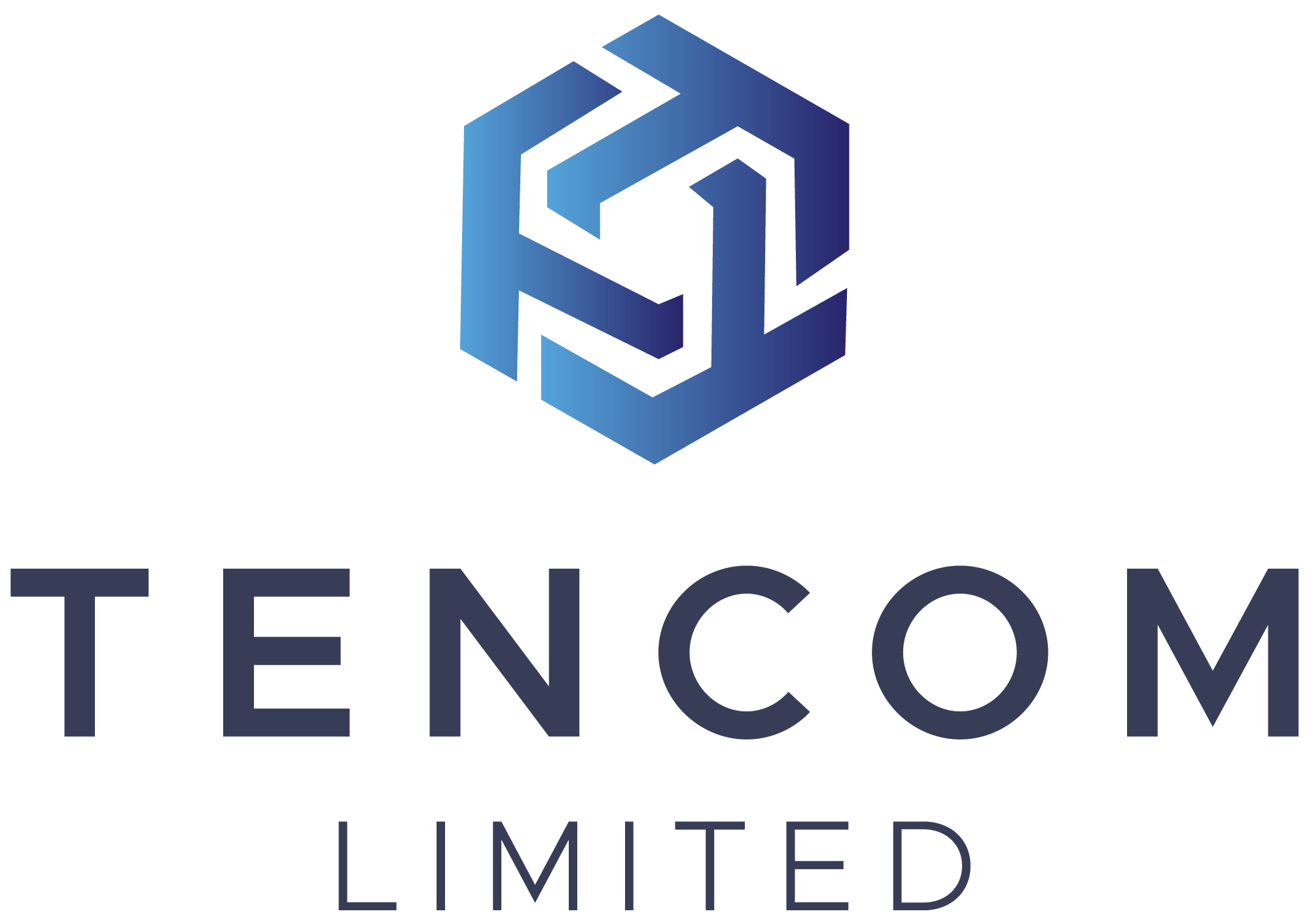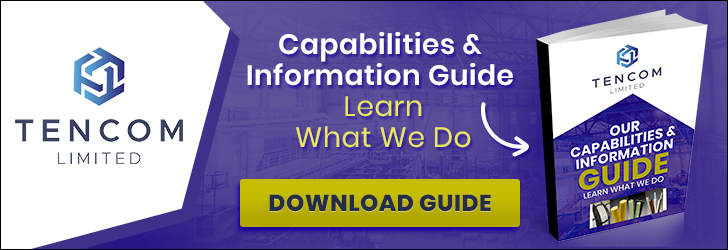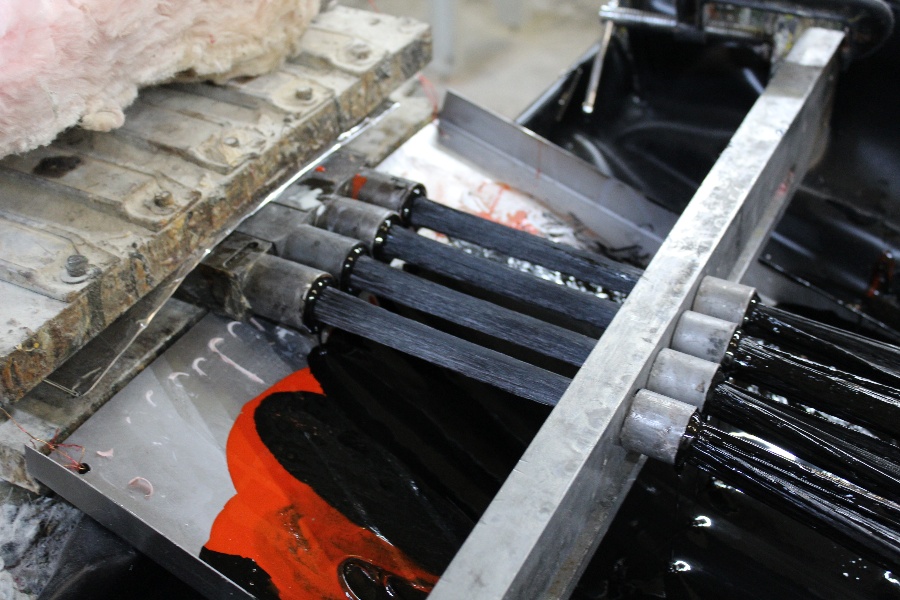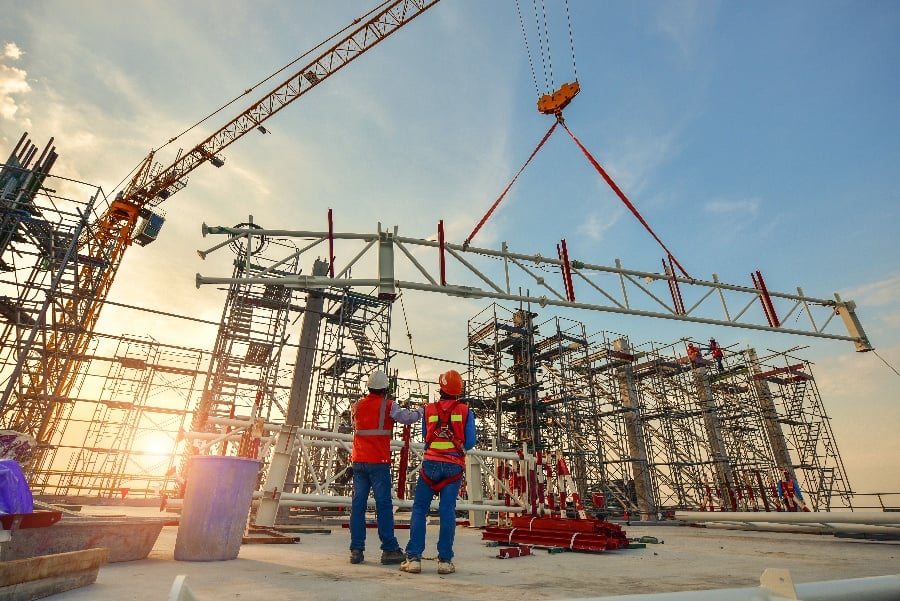

As of 2025, supply chain complexities, including material shortages and geopolitical influences, have heightened the importance of strategic supplier evaluation.
This guide provides a structured approach to identifying and assessing suppliers, drawing on established procurement principles to help purchasing managers optimize their sourcing decisions.
Understanding the Importance of Supplier Selection in Window Manufacturing
Effective supplier selection directly impacts the overall performance of window manufacturing operations. Reliable suppliers contribute to consistent product quality, timely deliveries, and cost control, which are critical in an industry where components must meet stringent energy efficiency and safety regulations.
For instance, substandard hardware or glazing materials can lead to product failures, increased warranty claims, and reputational damage. Moreover, with the growing emphasis on sustainability, suppliers that adhere to environmental standards, such as those related to recycled materials or low-emission production, are increasingly prioritized. A comprehensive evaluation process mitigates risks and fosters long-term partnerships that align with business objectives.
Key Criteria for Evaluating Suppliers
When assessing potential suppliers for window components, several core criteria should be considered to ensure alignment with manufacturing needs. These include:
- Quality and Compliance: Suppliers must demonstrate consistent product quality through certifications such as ISO 9001 or industry-specific standards like those from the American Architectural Manufacturers Association. Evaluate defect rates, adherence to specifications, and regulatory compliance, including environmental, social, and governance (ESG) practices.
- Cost-Effectiveness: Beyond initial pricing, assess the total cost of ownership, including shipping, tariffs, and potential downtime costs. Competitive pricing should not compromise quality, and suppliers offering volume discounts or flexible payment terms are advantageous.
- Delivery Performance and Reliability: Timely and consistent deliveries are vital in high-volume manufacturing. Review historical on-time delivery rates and the supplier's capacity to handle demand fluctuations.
- Technical Capabilities and Innovation: Suppliers should possess the expertise to provide customized components, such as energy-efficient glazing or advanced frame materials. Their ability to integrate with modern manufacturing technologies, like automated assembly lines, is also key.
- Financial Stability and Risk Management: Analyze the supplier's financial health to avoid disruptions from insolvency. Additionally, evaluate their risk mitigation strategies, including contingency plans for supply chain interruptions.
- Sustainability and Ethical Practices: In 2025, with increasing regulatory pressures, prioritize suppliers committed to sustainable sourcing and ethical labor standards.
These criteria should be weighted according to specific business priorities, such as emphasizing innovation for custom window producers.
Steps in the Supplier Selection Process
![5 Powerful Tips to Help You Choose High-Quality PCB Manufacturers [ Infographic] - Gabrian](https://www.gabrian.com/wp-content/uploads/2017/02/5-PCB-Buying-Tips-Infographic-Final.jpg)
A systematic process ensures thorough evaluation and informed decision-making. The following steps outline a practical approach:
- Define Requirements and Specifications: Begin by clearly outlining the technical specifications for window components, including material types (e.g., aluminum frames or insulated glass) and performance standards. Collaborate with internal teams, such as engineering and quality control, to establish priorities.
- Conduct Market Research: Identify potential suppliers through industry directories, trade shows, or online platforms. Consider local versus national or international options, weighing benefits like reduced shipping times against potential cost savings.
- Initial Screening and Qualification: Use questionnaires or requests for information (RFIs) to gather data on capabilities, certifications, and references. Shortlist suppliers based on alignment with core criteria.
- In-Depth Evaluation: Perform site visits, review financial statements, and conduct trial orders to assess real-world performance. Employ scoring models or key performance indicators (KPIs) for objective comparison.
- Negotiation and Contract Development: Negotiate terms focusing on quality assurances, delivery schedules, and pricing structures. Include clauses for performance reviews and improvement plans.
- Ongoing Monitoring and Review: After selection, implement regular audits and feedback mechanisms to ensure sustained performance. Benchmark against industry standards and adjust relationships as needed.
Best Practices for Effective Supplier Management
To enhance the selection process, adopt the following best practices:
- Leverage technology, such as supplier management platforms, for data collection and analysis.
- Foster cross-functional collaboration to incorporate diverse perspectives.
- Prioritize long-term partnerships over short-term gains, emphasizing mutual value.
- Regularly update evaluation criteria to reflect evolving industry trends, such as advancements in smart window technologies.
Addressing Challenges in Supplier Selection
Common challenges include data inaccuracies, rating inflation, and resource constraints. Mitigate these by automating processes where possible, calibrating scoring systems periodically, and starting with critical suppliers before expanding evaluations.
Conclusion
Selecting reliable suppliers for window components requires a methodical, criteria-driven approach that balances quality, cost, and risk. By following this guide, purchasing managers can build resilient supply chains that support innovation and compliance in the fenestration industry. Continuous evaluation and adaptation to market changes will ensure sustained success and competitive advantage.














